1. Using Green or Wet Wood Starting a bonfire with unseasoned (green) or wet wood can be very challenging. These types of wood have high moisture content, making them difficult to ignite and causing them to produce a lot of smoke. For an easier and more efficient burn, always use seasoned wood that has low moisture content.
2. Skipping Proper Kindling Not using enough kindling can make it hard to get your fire started. Kindling, which consists of dry, small twigs or sticks, is essential for creating a strong initial flame that can light the larger logs. Without it, your fire might struggle to catch and sustain itself.
3. Improper Use of Fire Starters Using accelerants like gasoline to start your bonfire can be extremely dangerous. These substances can cause flare-ups and uncontrollable flames. Instead, opt for wood dust and wax based fire starters specifically designed for bonfires to ensure a safer ignition.
4. Overloading the Fire Pit Piling too much wood into the fire pit at once can make the fire hard to control and maintain. Overloading reduces airflow and can cause the fire to spread uncontrollably. To keep your fire manageable and ensure proper combustion, add wood gradually and at regular intervals. This allows for a steady burn and maintains adequate airflow.
5. Neglecting Gradual Feeding Adding large amounts of wood all at once can smother the fire, reducing oxygen flow and causing incomplete combustion. To maintain a consistent flame and efficient burning, feed the fire gradually with smaller pieces of wood, allowing each piece to catch before adding more.



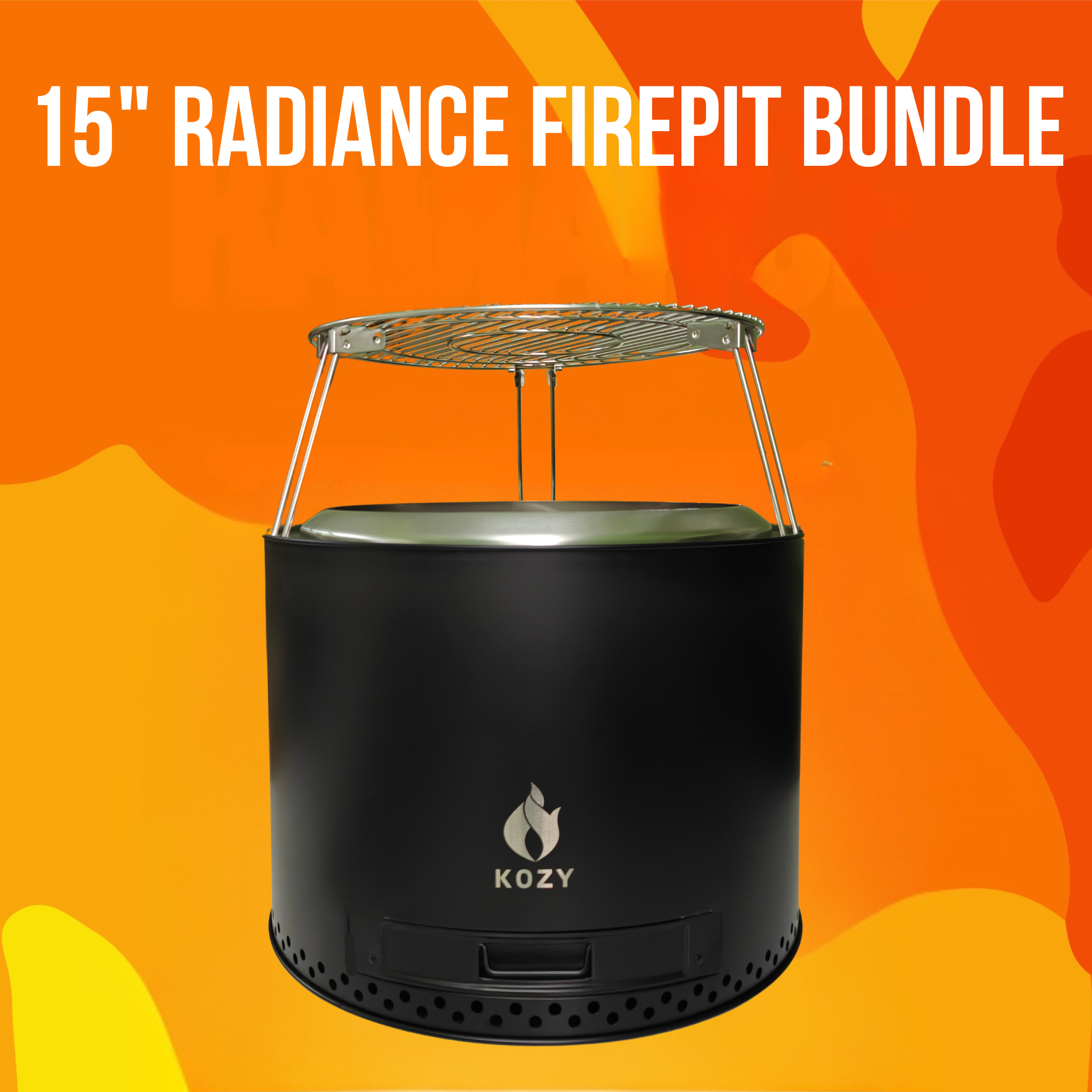
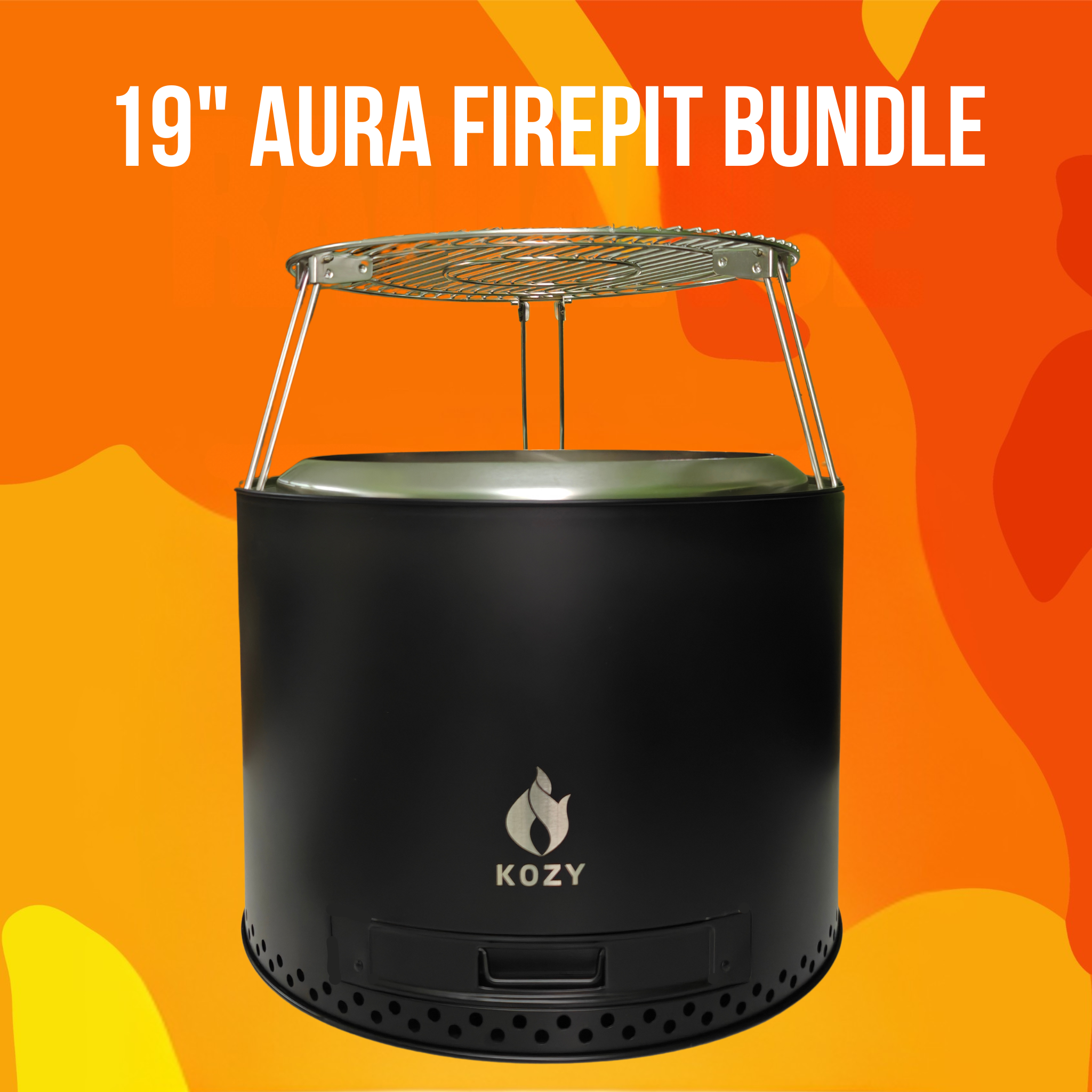
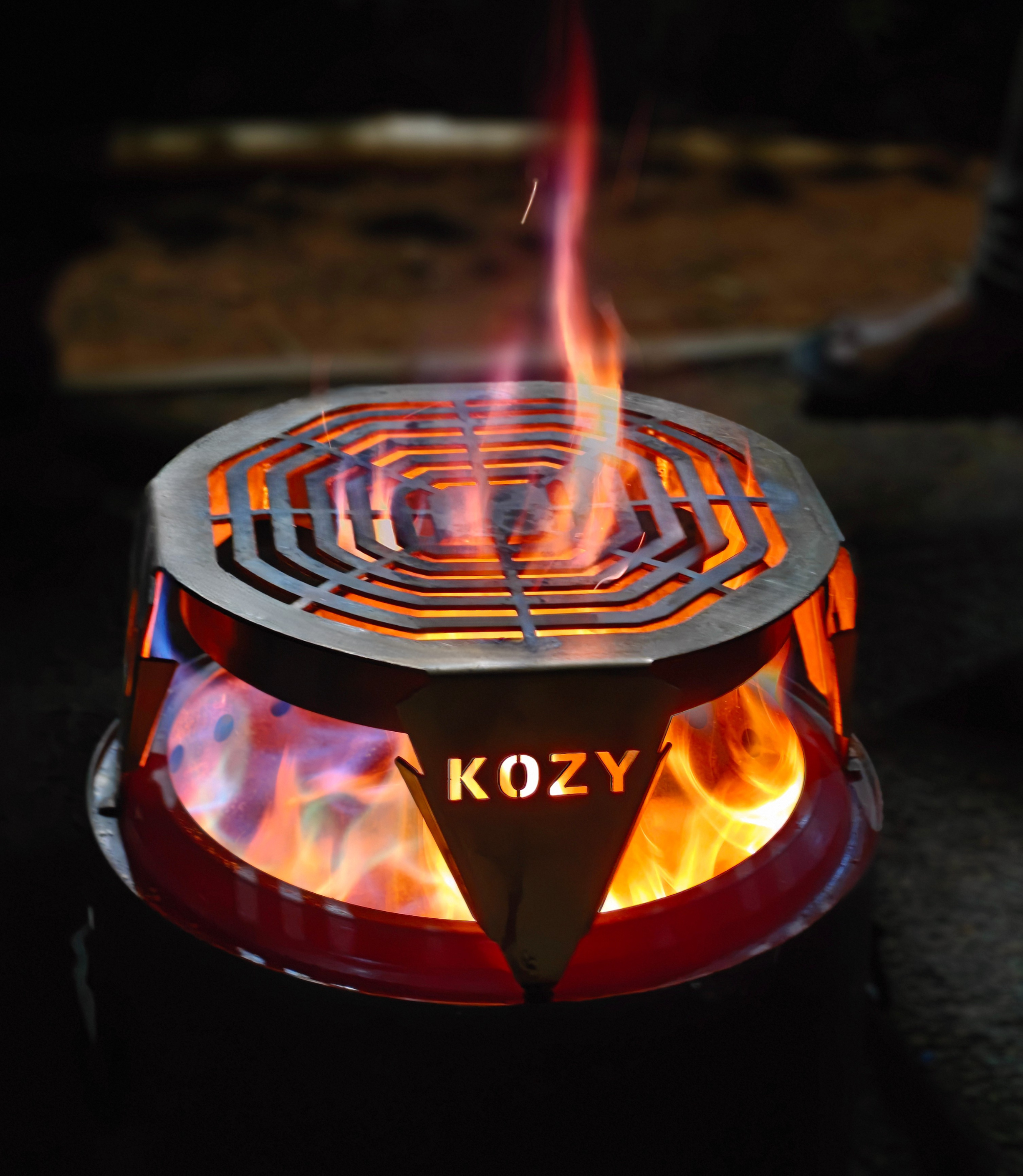
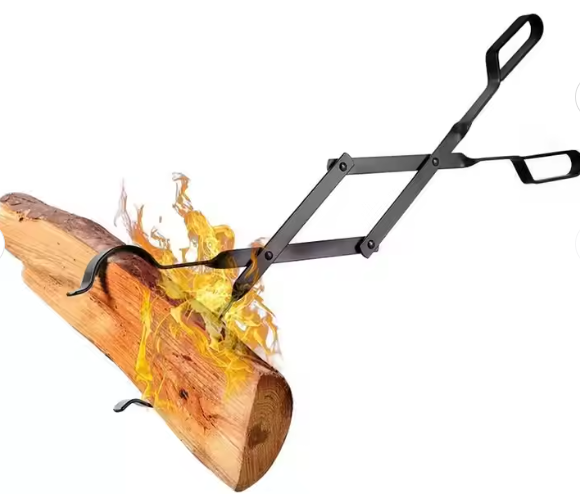
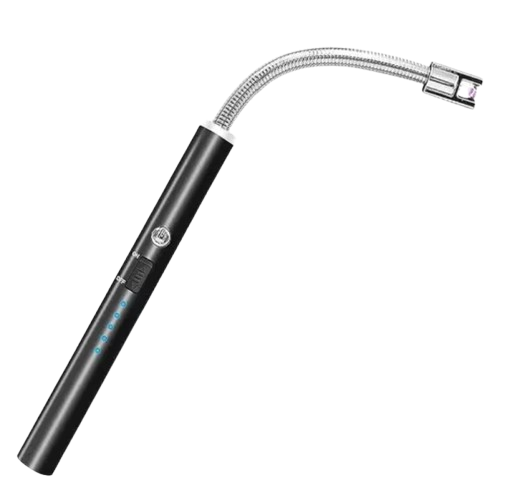



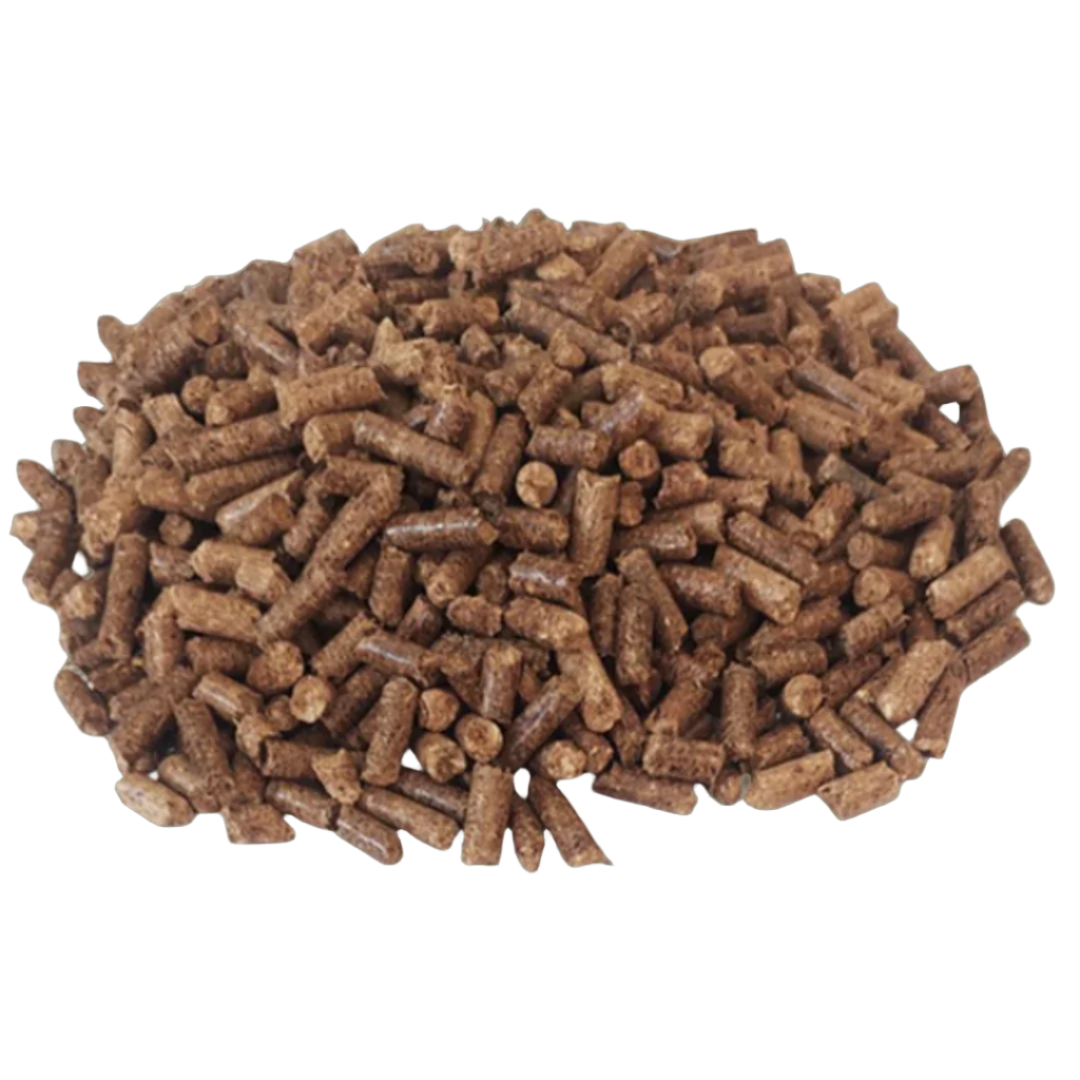
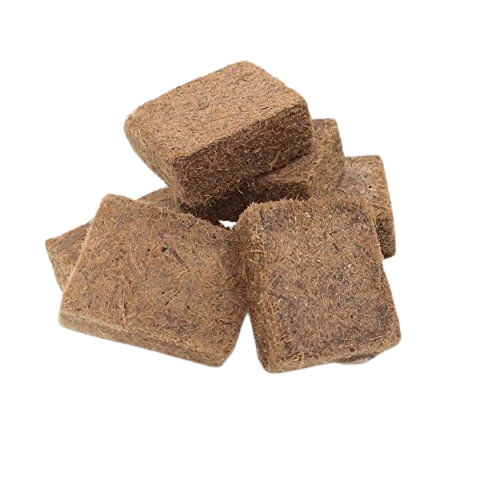

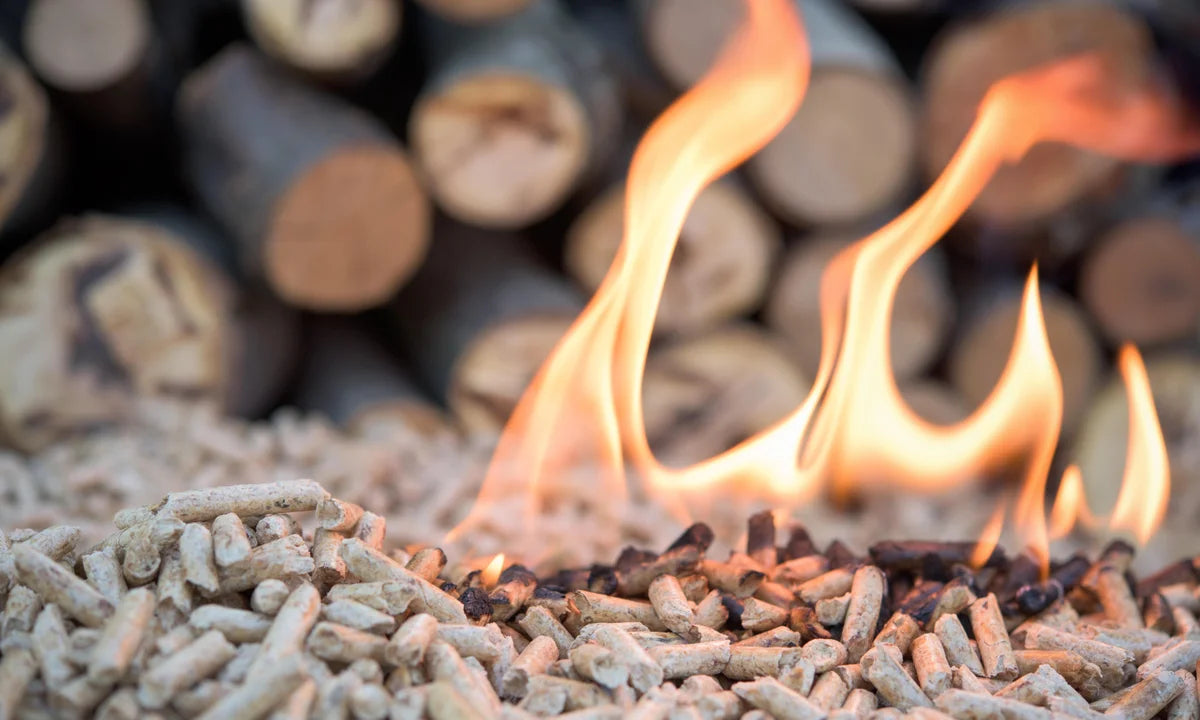

Leave a comment
This site is protected by hCaptcha and the hCaptcha Privacy Policy and Terms of Service apply.